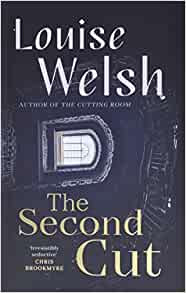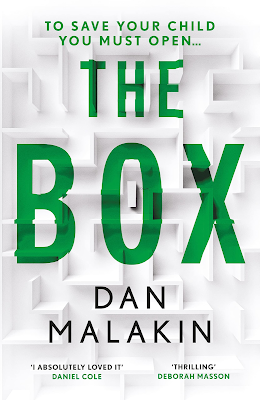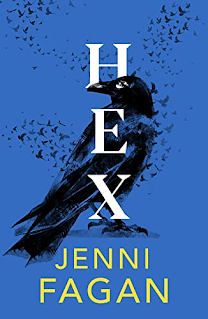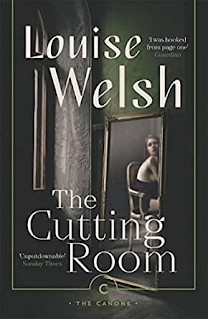This is the basic plot of Kirsti Wishart’s The Knitting Station: at the time of the Cuban Missile Crisis, a woman who worked at Bletchley Park as a code breaker during the war has suffered a breakdown and is in care. Along with a group of other patients she is taken to a remote Scottish island as a rest cure. There, she becomes convinced the Russians are about to invade the island as a prelude to a full-scale invasion of the UK. Is this just another delusion created by her troubled mind or has she stumbled on a genuine plot? Can she believe the evidence of her own eyes? And, more importantly, will anyone believe what she says?
All very interesting, you’re probably thinking, although perhaps a little Hitchcockian, formulaic. You can imagine the film version, Sigourney Weaver in the title role, the CGI, the fast cuts, tension ratcheting notch by notch until at the end Sigourney smashes through a window to confront the baddies and save the day. Job done.
So, you might imagine, you can pretty much guess how this book is going to pan out. But, if that’s what you think, I can tell you that you’re very wrong. How do you explain the psychotic sheep? The secret plans hidden in cunning knitting patterns? The soldiers dressed as models? The magic mushroom stovies? Paramilitary knitters packing pistols? Point to any of those ideas in Hitchcock or Jason Bourne.
Or anything for that matter.
In an interview with Alistair Braidwood Kirsti Wishart comments on the shadow of John Buchan which hangs over the book: her central character, Hannah Richards, is, after all, an inversion of Buchan’s most famous creation, Richard Hannay, while the plot and location of the novel – a herd of mysterious sheep on an equally mysterious island – is a clear reference to Buchan’s The Island of Sheep. Buchan, of course, is a problematic character these days, with his imperialist views and casual racism and sexism.
“I can completely understand,” Wishart says, “why people might object to Buchan’s work and they’d be right to do so! He worked for the Ministry of Information and his novels are imbued with an imperial, hierarchical view of the world we’re still in the slow process of dismantling.”
She goes on to say she tried to re-read The Thirty-Nine Steps a few years ago but couldn’t get beyond the views expressed. All the same, she argues, Buchan “is a hugely influential figure” and it’s hard to argue with that.
The Knitting Station is Kirsti Wishart’s response, a feminist and lesbian take on that gnarled old standard, the thriller, in which she subverts all the old tropes of the genre with joyous abandon.
The plot is a mash-up of Ealing Comedy and James Bond, so I’ll leave it to Kirsti to describe it herself, in an interview with the Portobello Book Blog:
It’s set in the early 1960s and features lesbians, knitting, lots of sheep and some hallucinogenic stovies (what more could you want!). Hannah Richards, a former Bletchley Park code-breaker recovering from a nervous breakdown is sent with a group of patients to the remote island of Tharn, famed for its knitwear, to undergo a form of knitting therapy. She begins to suspect the island is being invaded by Russian agents but can’t be sure if this is a symptom of her condition or a dangerous reality. It’s been described variously as ‘John Buchan on mushrooms’ and ‘Nancy Drew meets One Flew Over the Cuckoo’s Nest.’ My own description is ‘Scooby Doo on too much Irn Bru’, a daft novel for daft times.
Well, I don’t know how can you better that, so I won’t try. This is tremendous fun, the lightness of touch and whimsy concealing a very deft authorial touch: Kirsti Wishart is a terrific writer, confident and original, happy to plough her own furrow (if that’s not a poor metaphor for a book about sheep) and write something which truly defies categorisation.
Great stuff.







